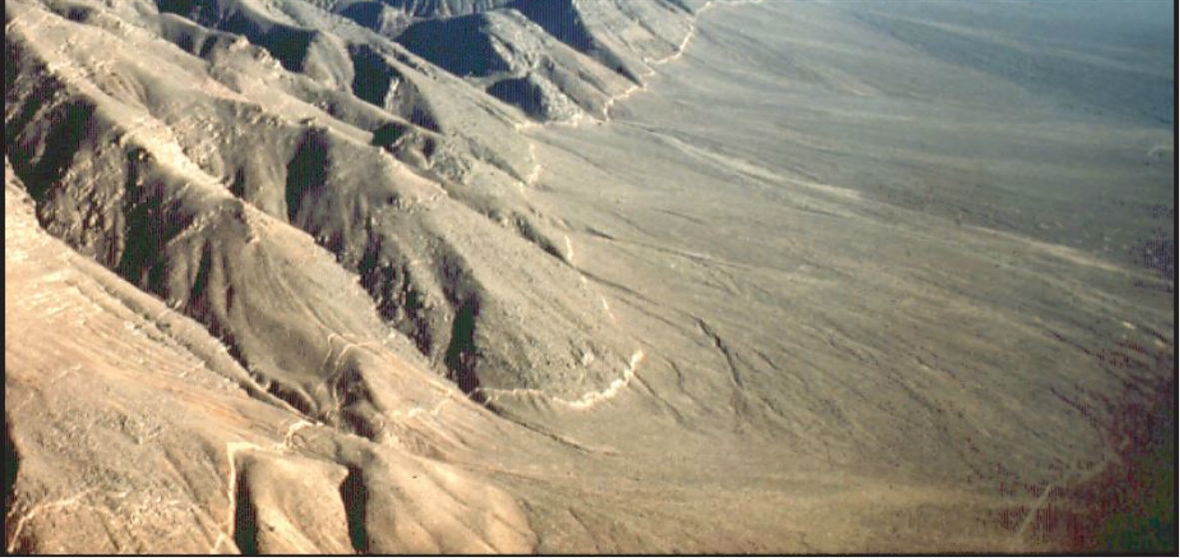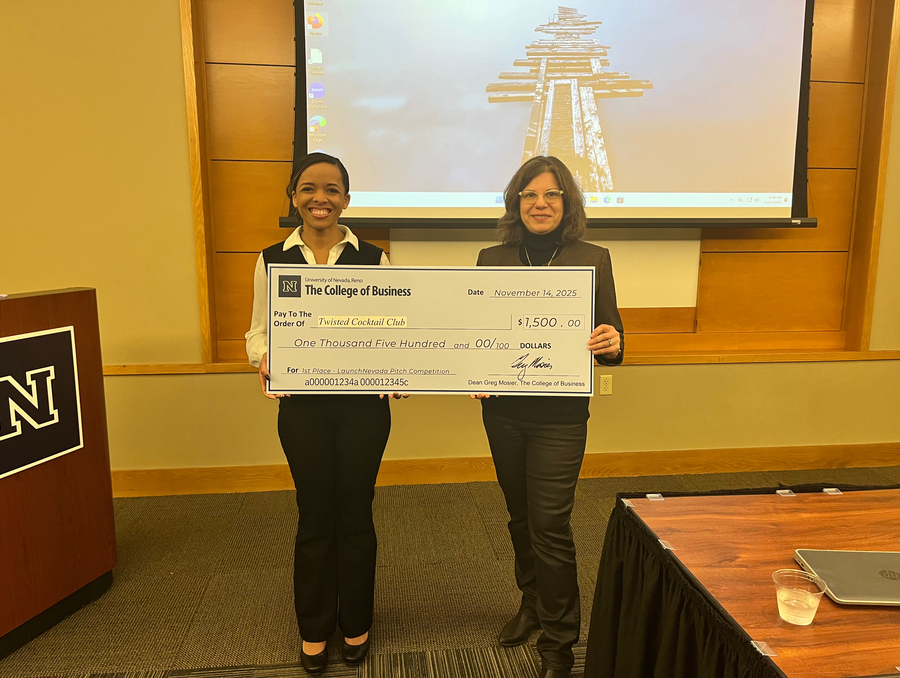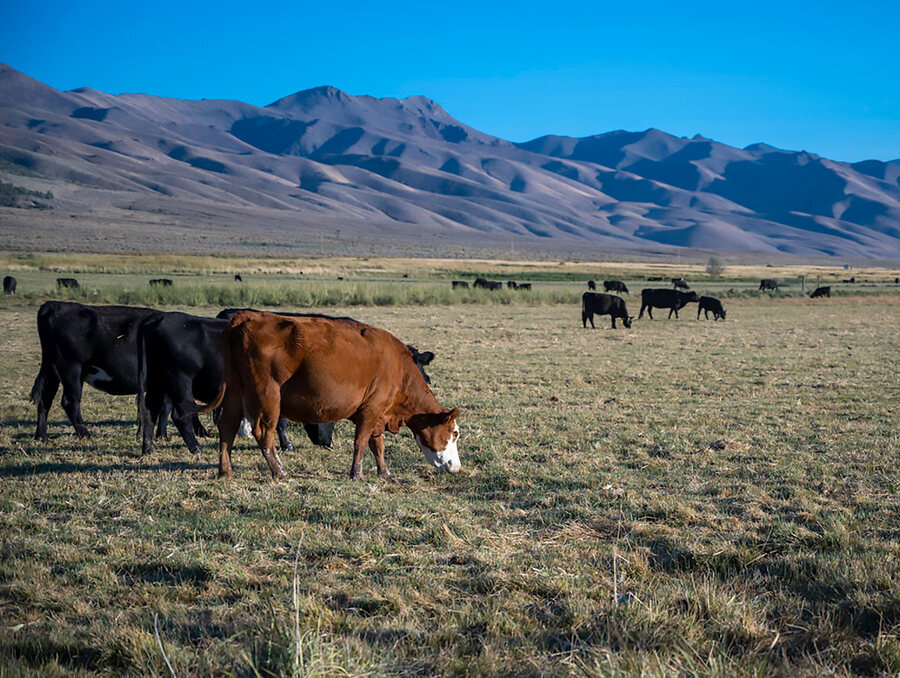It's time to sign up to participate in The Great Nevada ShakeOut, the annual public earthquake drill to promote earthquake awareness and safety. So far, more than 440,000 people are participating statewide, 41,000 from Washoe County and 360,000 from Clark County.
Since 2010 the University of Nevada, Reno has encouraged Nevadans to Drop, Cover and Hold On as part of the state and international campaign for earthquake safety and preparedness. This year's drill is Thursday, Oct. 19 at 10:19 a.m.
"We teamed with California seismologists in 2010, the second year of ShakeOut, and we're the first state to come on board following California," Graham Kent, a geosciences professor at the University of Nevada, Reno and the director of the Nevada Seismological Laboratory, said. "We have a tremendous percentage of the population participating, especially in schools, and we're aiming for more every year. Nevada is earthquake country, and people need to practice and be prepared."
In Nevada, earthquakes are not an exception, they are an expectation. It only takes one minute to register to participate, and another minute to actually participate. Previous years have seen turnout of 590,000 people, and organizers this year are hoping to reach a goal of 700,000 Nevadans to participate in the ShakeOut, the largest public earthquake drill in history.
Nevada, as a result of its distinction as the nation's most mountainous state, is a hub for earth-shifting activity. It lies within the Basin and Range Province, one of the most seismically active regions in the United States. Along with California and Alaska, Nevada ranks in the top three states subject to the most large-scale earthquakes over the last 150 years.
According to the Nevada Seismological Lab's website, "everyone in Nevada lives no more than several miles from an earthquake fault," which means that everybody in Nevada is at danger of being caught in an earthquake. Also, in Reno there are two major fault lines capable of a 7.0 or greater earthquake. A 7.0 earthquake can cause severe damage and strong shaking that lasts for up to a minute.
In Nevada, from 1860 to 1954, there had been five earthquakes over 7.0 in magnitude, happening approximately every 20 years, on average. There has not been a 7.0 or greater earthquake in Nevada since 1954, 63 years later. The last big earthquake in Nevada was a 6.0 earthquake in Wells, causing $19 million in damage in the town of 1,229 people.
Drop, Cover, and Hold On is the technique promoted by the Great Nevada ShakeOut as the safest way to protect yourself during an earthquake. In the event of an earthquake, people are encouraged to drop to their knees wherever they are, then use one arm to protect the head and neck while using the other hand to hold on to a sturdy table or desk that you are underneath. If a person cannot find something sturdy to hold on to, they should try to get close to an interior wall, and use both arms to protect your head and neck.
"Whatever you do, don't run out of a building, that could be the most dangerous thing, with windows shattering, glass falling, or building materials coming crashing to the ground," Annie Kell, outreach coordinator for the Nevada Seismological Lab, said. "Not to mention in a violent earthquake you can be thrown to the ground and injured."
The Great Nevada ShakeOut warns participants about two popular-and dangerous- misconceptions. First, standing under a doorway does not protect you any more than an interior wall would. Second, you should always be underneath a table or sturdy furniture whenever possible. The "triangle of life" theory states that being beside a table is better, it isn't. These theories are ill-advised because ground shaking is unpredictable and most people are likely to be injured through falling objects. Being under a sturdy table is the best way to protect yourself from falling objects.
Residents are also encouraged to 'secure your space,' which includes retrofitting buildings to reduce damage and securing things within that building to prevent injury. Heavy belongings, furniture and falling objects can be a more serious and likely threat to personal safety than crumbling buildings.











